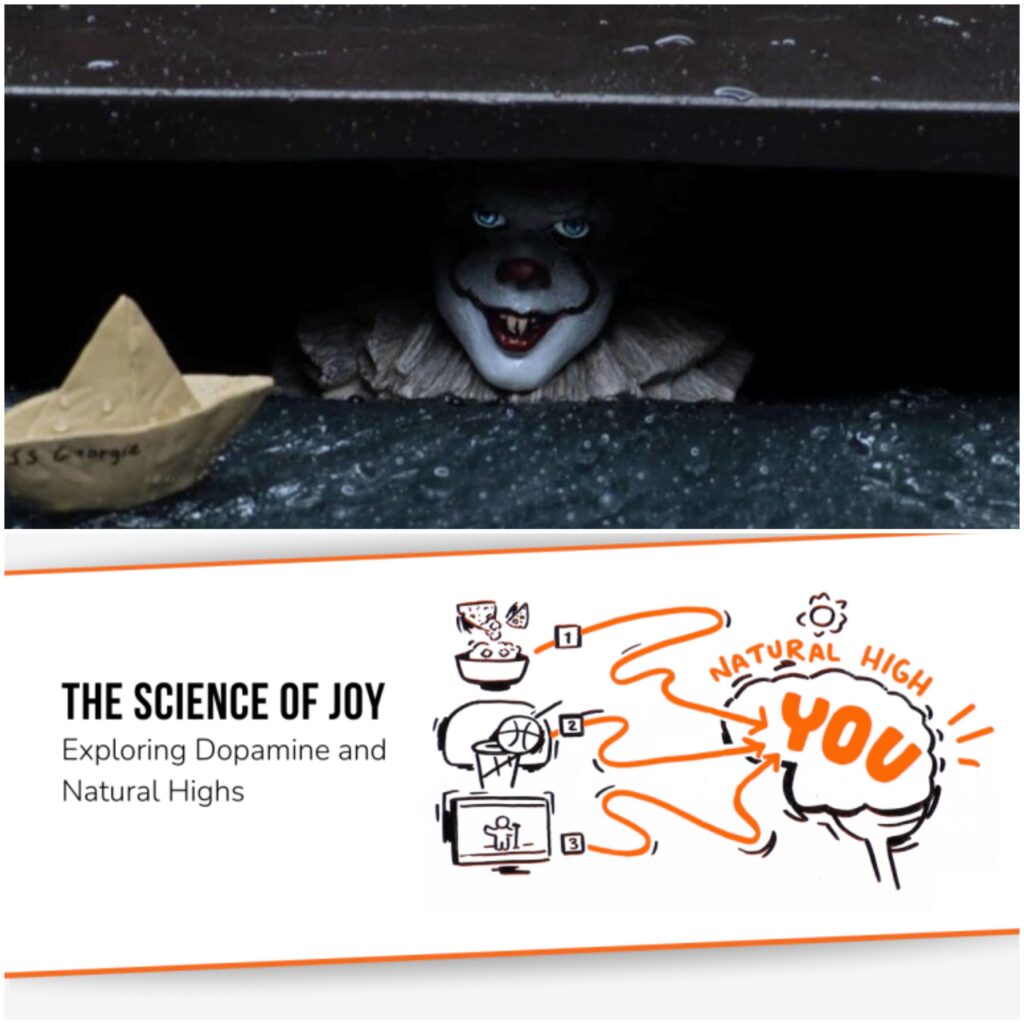For decades, horror films have delighted viewers with their thrilling and disturbing content, potentially pulling us in for more.
Yet, there is much more to these movies than just pure enjoyment at play here.
According to scientific studies, there are strong psychological, brain chemistry, and even evolutionary biological roots to our attraction with terror.
Let’s look some amazing scientific details that explain why we react the way we do to horror films.

Scientific Facts About Horror Movies
The Psychology Behind Fear – Why We Love to Be Scared
Fear is a basic human feeling that serves as a survival strategy deep within our brains.
Yet, why would someone choose to feel afraid? Experts in psychology claim that the idea of “benign masochism,” in which people enjoy unpleasant feelings inside a secure environment, leads to the charm of horror films.
When it comes to horror movies, audiences can address their fears in a safe and controlled setting while yet feeling scared. This helps to explain why, in spite of the fear; we keep going back to see horror films.
How Horror Movies Affect the Brain – The Science of Adrenaline
Our brains go into overdrive while watching a scary movie, preparing us for a “fight-or-flight” scenario.
The amygdala, the area of the brain in charge of processing fear, is where this physiological response takes place.
Our hearts race, our breathing quickens, and we get a rush of adrenaline as the story progresses; these are all signs that our bodies are getting ready to face or flee a perceived threat.
Our brains are not able to fully separate between imaginary and actual danger, even while we are safely seated, which adds to the thrilling sensation.
Horror Movies and the Role of Dopamine – A Natural High
Even in the face of intense terror, horror movies can leave audiences feeling satisfied. Dopamine, a neurotransmitter linked to pleasure, is released as a result.
We sense an increase of relief and satisfaction after surviving a scary sequence in a horror movie, which eventually turns into excitement.
In short, dopamine is released in greater amounts during scary movies, giving viewers a kind of natural high that keeps them wanting more.

Why Some People Are More Drawn to Horror – Sensation Seekers Explained
There is a scientific explanation for why not everyone finds horror films to be as enjoyable as others.
Studies indicate that people categorized as “sensation seekers” are typically drawn to new and intense experiences.
Because their brains are wired for the thrill and stimulation that horror brings, thrill-seekers are more likely to relish the rush that comes from watching a scary movie.
Yet, some people may avoid these movies if they are uncomfortable with high arousal or terror.
The Evolutionary Perspective – Preparing for Real-Life Threats
There are scientists who think that horror films might have an evolutionary purpose. It is like practicing for real-life threats in a low-risk setting when you watch a horror movie.
Our brains may be becoming more adept at responding to risks in real life by subjecting ourselves to imaginary ones, whether they take the form of a terrifying monster or a haunted home.
Essentially, watching scary movies helps us “train” our fight-or-flight response, which may have been essential for early human survival.
Horror Movies and Stress Relief – Can Fear Be Therapeutic?
Even what might seem paradoxical, there are situations when watching scary movies might help you relax.
Some viewers find that they can let go of hidden emotions and lessen anxiety when they experience terror in a secure and supervised environment.
A horror movie’s emotional rollercoaster, with its tense scenes and satisfying resolution, offers viewers a cathartic experience that helps them control their stress levels in real life.
There are times when this phenomena is called “controlled fear.”
The Science of Sound in Horror – How Audio Tricks Your Brain
It’s not just the visuals that make horror movies so terrifying sound design plays a crucial role in creating fear.
Scientists have found that certain frequencies, such as infrasound (low-frequency sounds), can cause unease or discomfort, even when the source of the sound is not immediately clear.
Horror filmmakers use this knowledge to their advantage, incorporating unsettling soundscapes and sudden, sharp noises to heighten tension.
These sounds activate the brain’s alarm system, making us feel uneasy even before a scary scene unfolds.
Why Jump Scares Are So Effective – The Science of Startling
Horror movies frequently use jump scares, which are remarkably good at getting us to jump out of our chairs.
Why then do they function so well? Our natural tendency to respond to sudden and unexpected stimuli is hardwired into our brains.
One of the facts about horror movies is our brain interprets every sudden movement or loud noise as a possible threat, so even when we are aware that a jump fright is about to occur, our startle response still occurs.
Because of how open they are to abrupt stimuli, jump scares are among the most straightforward yet effective techniques a filmmaker can employ.

Horror Movies through a Scientific Lens
Beyond simply being entertaining, horror films provide a unique view into how our bodies and minds react to dread.
Horror movies appeal to deep psychological and physiological processes that have developed over millennia, providing everything from dopamine-induced joy to adrenaline-fueled thrills.
Whether you are a thrill-seeker or a couch potato, knowing the scientific facts about horror movies can help you appreciate the genre in a new way.
Remind yourself the next time you are feeling nervous; it is all in your head.
Read Also: Discover the eerie facts behind the mystery of the Mary Celeste; has the mystery been solved, or does it remain an unsolved enigma?
